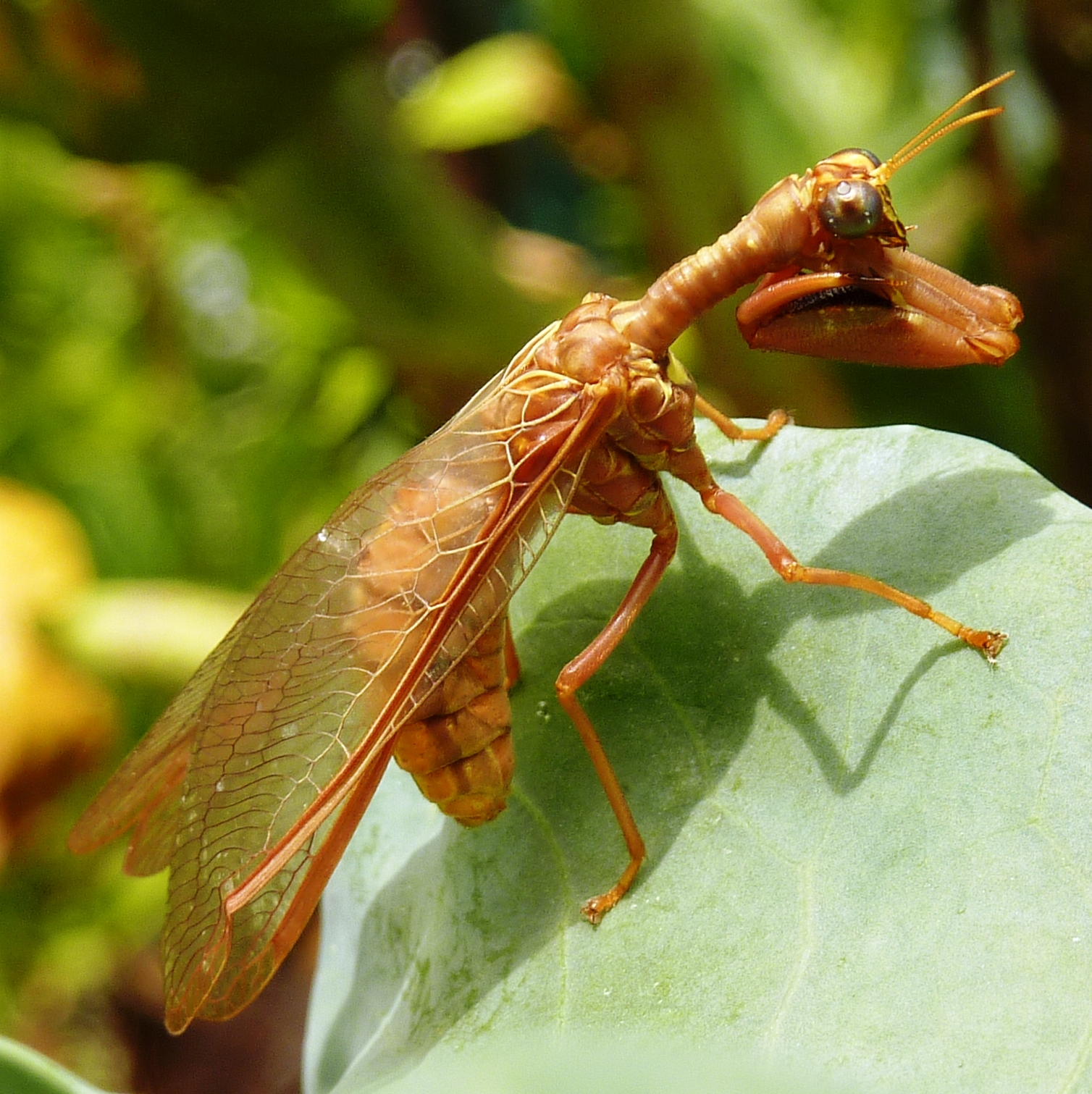







I have been cooped up quite a bit lately due to work and weather, so today Brack and I decided to explore Devil’s Hammock, a state-owned hydric hammock through which the Waccasassa River flows. It was too nippy this morning, but the afternoon was nice and warm, in the high 50s.
Starting out on mtn bikes, we rode along a wet woods road (photo 1) that only paralleled the Hammock, so we stashed the bikes and off we strode into the swamp. The word, hammock, is a never-ending source of questions I hear from people unfamiliar with Florida ecosystems. The word derives from an old Indian word, hummocka, which means an island of hardwoods in a sea of something else. So a hammock could be a maritime forest surrounded by salt marsh, a clump of live oaks imbedded within a pine forest, or, in this case, a mixed hardwood forest within pine flatwoods.
The wetter a hammock is in Florida, the more deciduous it is. Devil’s Hammock is dominated mainly deciduous hardwoods like bald cypress (Taxodium distichum), swamp tupelo (Nyssa biflora var. biflora), sweetgum (Liquidambar styraciflua), Florida elm (Ulmus americana var. floridana), basswood (Tilia americana) and pumpkin ask (Fraxinus profunda). Evergreen hardwoods are common too, like live oak (Quercus virginianus), diamondleaf oak (Quercus laurifolia), sweetbay (Magnolia virginiana) and swampbay (Persea palustris).
You can see Brack ascending a live oak (photo 2) via its burls, a pumpkin ask (photo 3) that had grown around another tree but which had since rotted away, and the flying buttress wings of an elm (photo 4). We did find one decent sized loblolly pine in the swamp (photo 5) – I guess the hammock was too wet when the loggers came through.
This time of year is perhaps the best time to wander through our hydric (wet) hammocks. Oh, they’re wet, but only shallowly, so sneakers or boots work fine. What’s neat about them at this time of year is that the deciduous trees are still not yet leafed out so the warmth and the sunshine cause wetland herbaceous plants to flourish. Photo 6 shows part of a stand of thousands of young red buckeyes (Aesculus pavia), photo 7 a thick stand of blue flag iris (Iris savannarum), and photo 8 a stand of swamp butterwort (Senecio sp.).
We never did find the river flowing through this wetland; instead, we bound a series of shallow, slow-flowing channels where the flat topography had caused the river to braid out in a maze of drainage pathways.
If you are local and can get out there, you’d better do so before warm weather wakes up the mosquitos and yellowflies!
Starting out on mtn bikes, we rode along a wet woods road (photo 1) that only paralleled the Hammock, so we stashed the bikes and off we strode into the swamp. The word, hammock, is a never-ending source of questions I hear from people unfamiliar with Florida ecosystems. The word derives from an old Indian word, hummocka, which means an island of hardwoods in a sea of something else. So a hammock could be a maritime forest surrounded by salt marsh, a clump of live oaks imbedded within a pine forest, or, in this case, a mixed hardwood forest within pine flatwoods.
The wetter a hammock is in Florida, the more deciduous it is. Devil’s Hammock is dominated mainly deciduous hardwoods like bald cypress (Taxodium distichum), swamp tupelo (Nyssa biflora var. biflora), sweetgum (Liquidambar styraciflua), Florida elm (Ulmus americana var. floridana), basswood (Tilia americana) and pumpkin ask (Fraxinus profunda). Evergreen hardwoods are common too, like live oak (Quercus virginianus), diamondleaf oak (Quercus laurifolia), sweetbay (Magnolia virginiana) and swampbay (Persea palustris).
You can see Brack ascending a live oak (photo 2) via its burls, a pumpkin ask (photo 3) that had grown around another tree but which had since rotted away, and the flying buttress wings of an elm (photo 4). We did find one decent sized loblolly pine in the swamp (photo 5) – I guess the hammock was too wet when the loggers came through.
This time of year is perhaps the best time to wander through our hydric (wet) hammocks. Oh, they’re wet, but only shallowly, so sneakers or boots work fine. What’s neat about them at this time of year is that the deciduous trees are still not yet leafed out so the warmth and the sunshine cause wetland herbaceous plants to flourish. Photo 6 shows part of a stand of thousands of young red buckeyes (Aesculus pavia), photo 7 a thick stand of blue flag iris (Iris savannarum), and photo 8 a stand of swamp butterwort (Senecio sp.).
We never did find the river flowing through this wetland; instead, we bound a series of shallow, slow-flowing channels where the flat topography had caused the river to braid out in a maze of drainage pathways.
If you are local and can get out there, you’d better do so before warm weather wakes up the mosquitos and yellowflies!

Thanks for sharing what a hammock is. I've only encountered that word in novels where some woodland description uses the word, and didn't know that is a word used in America. Thought it must be an old world description of a certain feature in a forest. My guess was sort of correct.
ReplyDelete